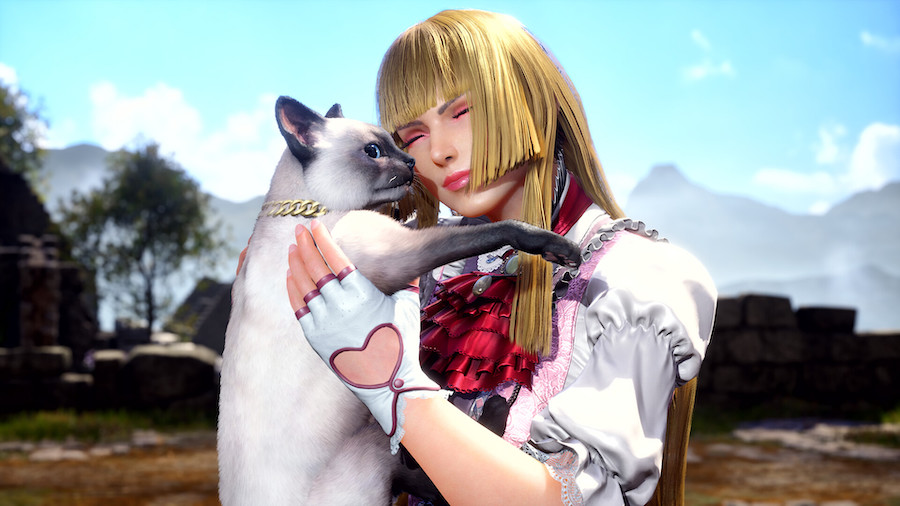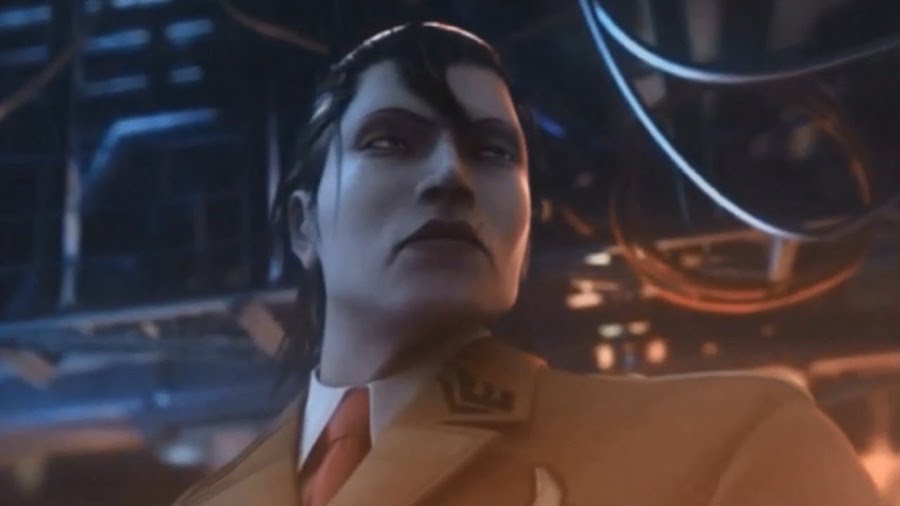Thick Thighs Save Lives
NeoGAF's Physical Games Advocate Extraordinaire

In a post by user BuffGigas, the Tekken 8 character Nina Williams can be seen stomping on newcomer Reina before sarcastically asking "This hurt?" in English. Reina, being Japanese, responds with what BuffGigas assumes is "Iisou", which roughly translates to "that's nice/good". This misunderstanding of Tekken 8's dialogue prompted game director Katsuhiro Harada to take to social media to explain some things about the exchange and how the Tekken roster evolved to include characters with more dialogue and personality.
Regarding the exchange between Nina and Reina, Harada explains that the latter is exclaiming not "Iisou" but rather "Iizo" – a much stronger, provocative word. Reina's manner of pronouncing "Iizo" is akin to saying "Good! Go ahead, I dare you!" rather than commenting on how nice it is to get hit by Nina's attacks.
This prompted Harada to go off on a tangent about how character dialogue and personalities have evolved in the Tekken franchise. While they were working on Tekken 3, game directors Masamichi Abe, Yutaka Kounoe, Katsuhiro Harada, and the rest of the development team noticed the gradual decline of the arcade market and the shift towards home consoles. To entice PlayStation 1 owners to play Tekken 3, they decided that the console version would include more obscure modes like Tekken Force and Tekken Ball – both of which would return in future games in the series. These modes show Tekken characters in a different light as they partake in activities other than one-on-one brawls.
Harada states that whilst the first two games in the series had pre-rendered movies, Tekken 3 is when the team started adding dialogue other than the standard fighting game grunts. The first characters to speak were series mainstay Yoshimitsu and then-newcomer Bryan Fury – the latter of which seems ironic now since Bryan rarely talks. Since technologies like facial animation and lip-syncing weren't widely implemented at the time, the development team had to find workarounds. Dialogue was kept to a minimum, with Harada himself providing the English localization of Tekken 3. Certain tricks like hiding the character's face from view while they speak or make noises were also implemented to increase immersion while reducing development costs. Bryan's maniacal laughter and screams in Tekken 3 gave him the air of both a sadist and masochist – which is exactly what Harada wanted.

Harada and the rest of the development team would take things in a different direction when developing the Russian character Sergei Dragunov for Tekken 5: Dark Resurrection. Whereas the game's then-new French character, Lili Rochefort, is chipper and talkative, Harada wanted Dragunov to be the darker "Yin" to Lili's "Yang." When questioned about Dragunov's dialogue by a fellow developer, Harada dared the team to make Dragunov mute and as unexpressive as possible. It seems Harada fully expected Dragunov to not be well-received by fans due to his plain and brooding nature.
However, that was not the case at all. At a time when characters were becoming more expressive and talkative, Dragunov's lack of expression and voice lines made him popular with players. They found his quirks "unique;" and to this day the character hasn't uttered a single word during battle or in any other setting. Harada reflects on how Tekken's character popularity comes from the weirdest places. He never expected characters like Bryan and Dragunov to be well-received, let alone mainstays in the franchise. Harada's lengthy post is well worth the read- an unexpectedly insightful reply to a cheeky video about Nina Williams stepping on Reina.

Tekken's quirky character voice lines were a way to entice console gamers, Harada reveals - AUTOMATON WEST
Tekken director explains how the fighting game series developed unique characters such as Lili, Dragunov and Bryan.

